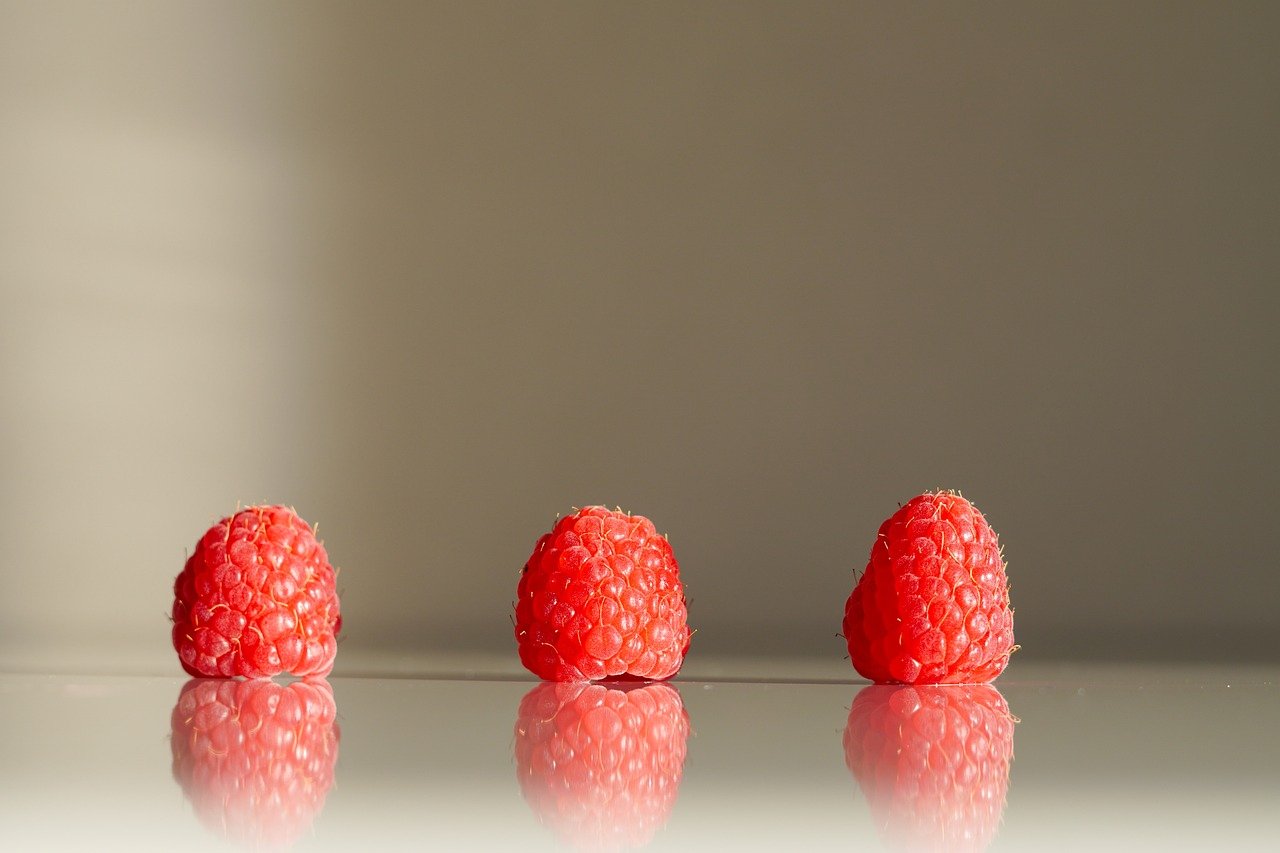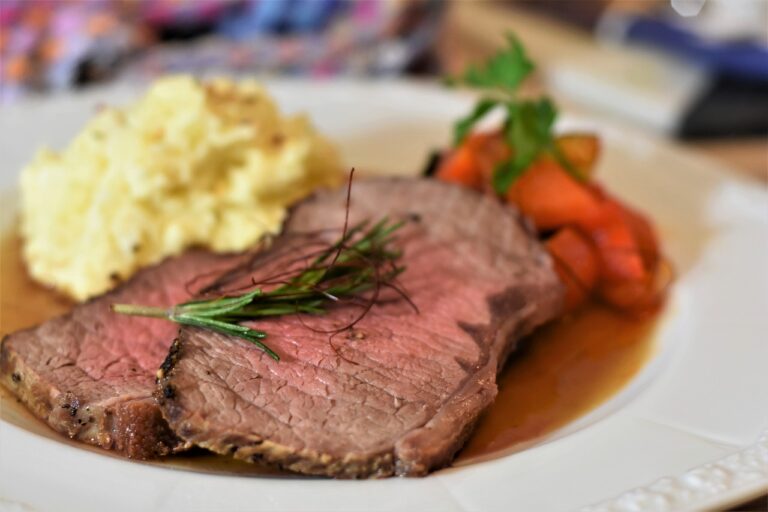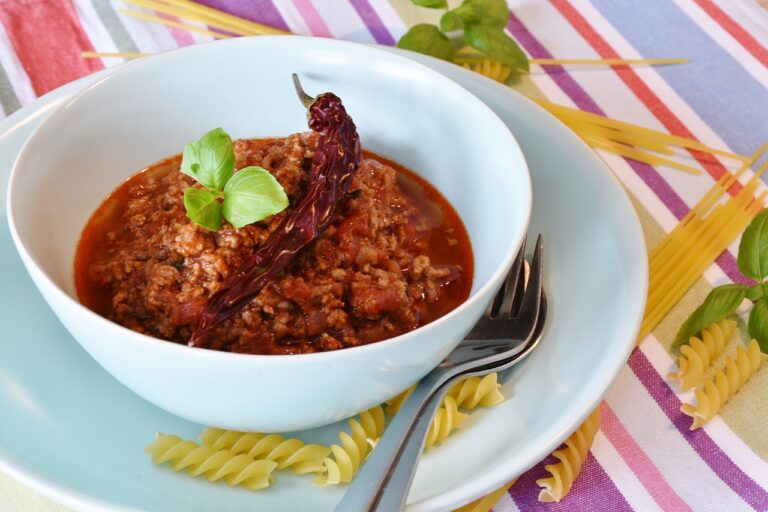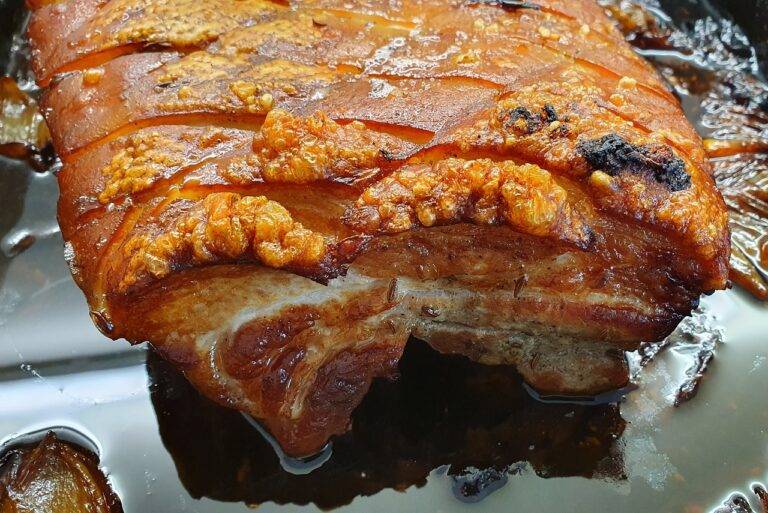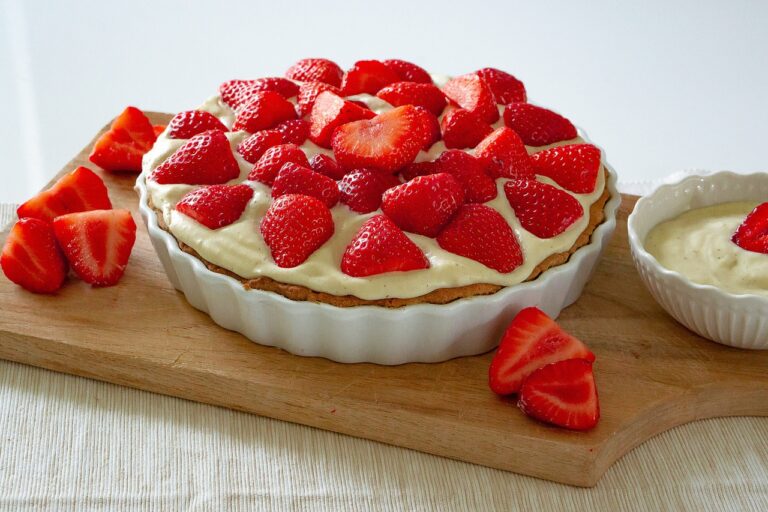The Art of Food Preservation: From Canning to Pickling
Food preservation has been practiced by various civilizations throughout history as a way to prolong the shelf life of perishable foods. One of the earliest methods of food preservation was drying, where foods like fruits, meats, and grains were air-dried or sun-dried to prevent spoilage. This ancient technique allowed people to store food for longer periods, especially in regions where resources were scarce or seasonal.
Another common method of food preservation in history was fermentation, a process that involves the conversion of sugars into acids, gases, or alcohol by bacteria, yeast, or mold. Fermented foods like yogurt, sauerkraut, and kimchi have been popular for centuries due to their extended shelf life and unique flavors. This method not only preserved foods but also enhanced their nutritional value and digestive benefits for those consuming them.
• Food preservation has been practiced by various civilizations throughout history
• One of the earliest methods was drying, where foods were air-dried or sun-dried
• Drying allowed people to store food for longer periods in regions with scarce resources
• Fermentation was another common method, converting sugars into acids, gases, or alcohol
• Fermented foods like yogurt, sauerkraut, and kimchi have been popular for centuries
Different Methods of Food Preservation
Food preservation is a crucial technique that has been practiced for centuries to prevent food spoilage and extend its shelf life. One of the oldest methods of food preservation is drying, which involves removing the moisture from food to inhibit the growth of microorganisms. This method is commonly used for preserving fruits, vegetables, herbs, and meats.
Another commonly used method of food preservation is canning, which involves sealing food in a sterilized container to create an airtight environment. This prevents the growth of bacteria and other microbes that can cause food to spoil. Canning is a versatile method that can be used for preserving a wide variety of foods, including fruits, vegetables, meats, and soups.
Benefits of Canning
Canning food offers a convenient way to extend the shelf life of perishable items. By sealing food in airtight containers, it prevents the growth of bacteria, mold, and yeast, ultimately preserving the freshness and taste of the product. This method not only reduces food waste but also allows for the enjoyment of seasonal produce throughout the year.
Furthermore, canning helps in maintaining the nutritional value of foods. The process of canning locks in the nutrients present in the food, ensuring that they remain intact for an extended period. This means that individuals can still reap the health benefits of fruits, vegetables, and other food items even when they are out of season.
What is the history behind food preservation?
Food preservation has been practiced for centuries, dating back to ancient civilizations who used various methods to store food for extended periods of time.
What are some different methods of food preservation?
Some common methods of food preservation include canning, freezing, drying, pickling, and smoking.
What are the benefits of canning food?
Canning food helps to extend its shelf life, preserves nutrients, and can save money by reducing food waste. It also allows you to enjoy your favorite fruits and vegetables year-round.
Is canning difficult to do at home?
Canning can be a simple and rewarding process, but it does require some knowledge and equipment. With the right tools and instructions, anyone can learn how to can their own food at home.
How long can canned food last?
Properly canned food can last for several years if stored in a cool, dark place. It is important to check for signs of spoilage before consuming canned food.

